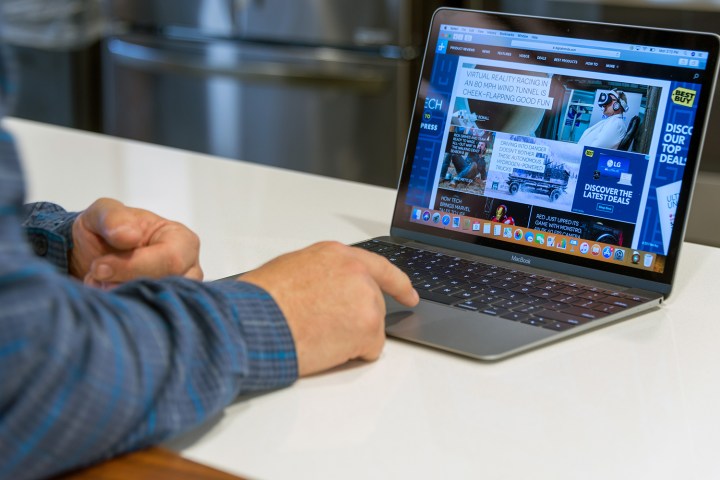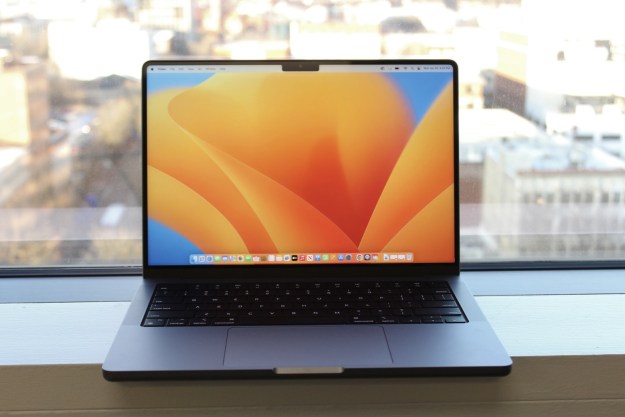
Apple has provided some much-needed clarification in the ongoing saga of its MacBook and MacBook Pro keyboard repair scheme, helping everyone know just where they stand. While things like liquid damage are not covered by the repair program, if keys are sticking, repeating, or not registering, you’re eligible for a free fix. That’s even the case if you’ve had a stab at sorting the problem out yourself.
A new internal document was disseminated by Apple that helped explain to company employees what to do in certain instances and thanks to MacRumors, we now have the main points from it.
Any physical damage to the top case or self-help repair attempts have no effect on the eligibility for a free repair. Liquid damage, however, will void it entirely. If you have previously paid for an Apple keyboard repair, a refund may be issued. The repair program may be used more than once should issues persist, though it’s not clear if there is a limit on it.
The kinds of repairs apple will attempt are multi-level. If key presses are not recognized, sticky, or feel loose, Apple will replace keycaps and clean the keyboard as the first port of call. However, if that doesn’t work or characters are repeating, Apple will instead replace the whole keyboard and top case, including the trackpad and speaker grills.
When a replacement does occur, it appears that the 2017 MacBook Pro keyboard is being used, rather than the original 2016 MacBook. That’s better, but we still don’t think it’s great.
The repair process can be initiated through Apple or an Apple Authorized Service Provider (visit getsupport.apple.com for service), and Apple will cover eligible devices for a period of up to four years from the date of purchase. If you’re not near an Apple retail store, you can also mail in your laptop for service.
According to Apple’s support document, repairs cover 12-inch MacBooks from as early as 2015, the 13-inch MacBook Pro from as early as 2016, and the 15-inch MacBook Pro from as early as 2016. It’s unclear at this time if Apple has implemented any design updates as part of this repair program to prevent similar keyboard problems from surfacing in the future. An Apple Insider study found that the failure rates were twice as high for MacBook models utilizing the new butterfly switches compared to older models. Additionally, the new keyboards were more likely to require a secondary repair. And because of the complexity of the keyboard design, repairs could exceed $700 for out of warranty service.
Because of the high failure rates with the new keyboard design, several class-action lawsuits were filed against Apple — one also alleging that Apple doesn’t have a permanent fix for the problem. Apple may be working on a solution behind the scenes, however: A recently published patent reveals Apple is experimenting with a crumb-resistant keyboard. MacBook fans are hopeful that Apple will address the keyboard issue when the company announces a hardware refresh for the laptop that will bring newer Intel processors under the hood.
If you’re in the market for a new MacBook, check out our guide to Apple’s laptops. If you’re not set on a Mac notebook, we also have some suggestions for Apple alternatives.
Updated on June 25: Added repair program details and stipulations.
Editors' Recommendations
- MacBook Pro OLED: Here’s everything we know so far
- These 6 tweaks take MacBooks from great to nearly perfect
- A new wave of powerful laptops rises to challenge the MacBook Pro
- If you buy one MacBook Air alternative, make it this one
- The biggest threat to the MacBook this year might come from Apple itself

